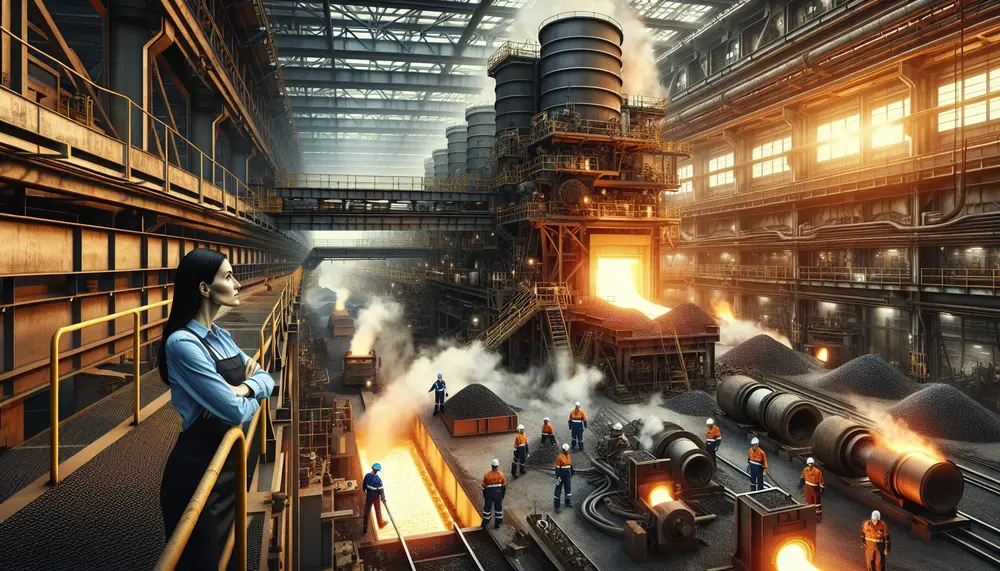Raw materials
Raw materials
Was sind Rohstoffe?
Ein grundlegendes Konzept in der Stahlproduktion und im Stahlhandel ist das der Rohstoffe. Wie der Name schon sagt, sind Rohstoffe grundlegende Materialien, die in ihrem natürlichen, unverarbeiteten Zustand geborgen werden. Diese Materialien bilden die Basis für die Produktion verschiedener Waren, einschließlich Stahl.
Die Rolle der Rohstoffe in der Stahlproduktion
Stahl ist eine Legierung, die hauptsächlich aus Eisen und Kohlenstoff besteht. Daher sind die primären Rohstoffe in der Stahlproduktion Eisenerz und Kohle. Eisenerz ist reich an Eisenoxide und wird durch Bergbau gewonnen. Es wird dann durch verschiedene Prozesse verarbeitet, um Eisen zu extrahieren. Kohle wird in eine Form umgewandelt, die als Koks bekannt ist, die als Brennstoff und Reduktionsmittel bei der Stahlherstellung dient.
Gewinnung und Handel von Rohstoffen
Die Rohstoffe für die Stahlproduktion stammen in der Regel von spezialisierten Bergbauunternehmen. Diese Unternehmen gewinnen die Rohstoffe und bereiten sie für den Transport und die Verwendung in der Stahlproduktion vor. Stahlunternehmen können diese Rohstoffe direkt von Bergbauunternehmen kaufen oder auf Rohstoffmärkten erwerben.
Umweltauswirkungen und Nachhaltigkeit
Die Gewinnung von Rohstoffen hat erhebliche Umweltauswirkungen. Daher arbeiten viele Unternehmen in der Stahlindustrie an nachhaltigeren Praktiken. Recycling von Stahlschrott ist ein Weg, um die Abhängigkeit von Rohstoffen zu reduzieren. Wiederverwendetem Stahl fehlen die Verunreinigungen, die Rohmaterialien aufweisen können, was zu einer effizienteren Produktion führt.
Zusammenfassung
Kurz gesagt, Rohstoffe sind ein wesentlicher Bestandteil der Stahlproduktion und -handel. Ohne die richtigen Rohstoffe wäre die Herstellung von Stahl nicht möglich. Eine nachhaltige Gewinnung und Nutzung dieser Rohstoffe ist entscheidend für die Zukunft der Stahlindustrie.
Blog Posts with the term: Raw materials
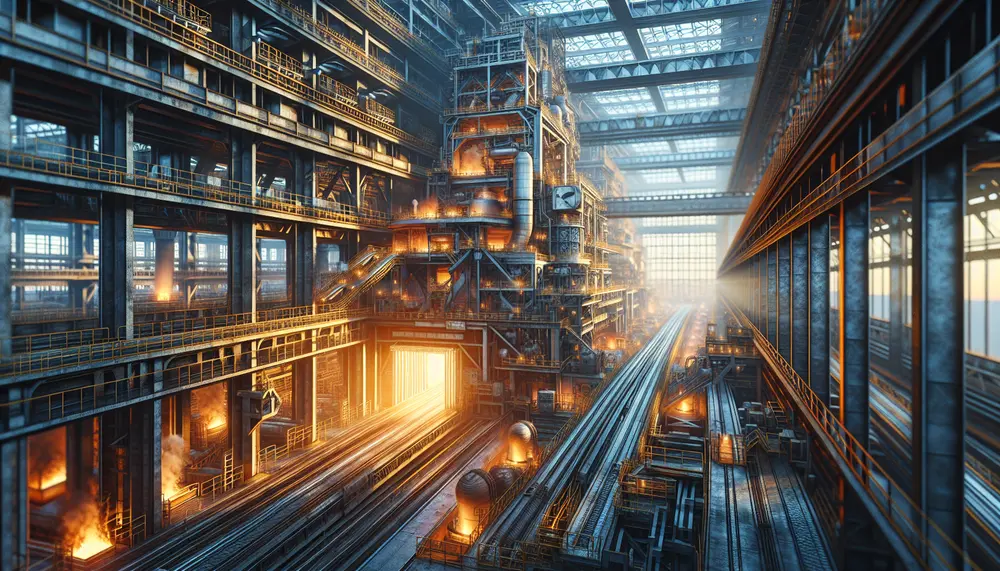
Steel making is a sophisticated process that turns iron ore into steel, involving methods like the Blast Furnace and Electric Arc Furnace to produce various grades of steel. The industry emphasizes sustainability by using additives and recycled materials while ensuring...
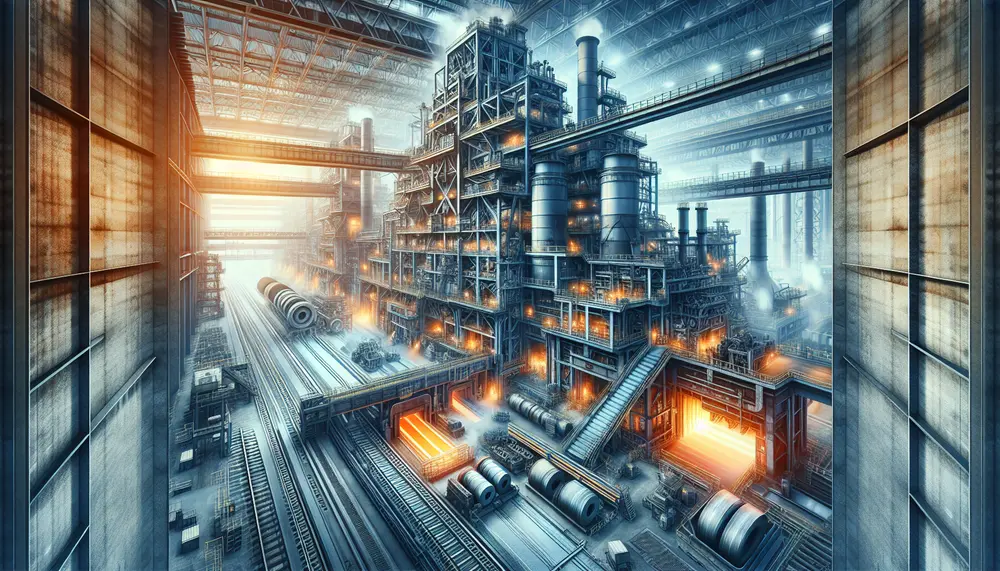
The article provides an overview of the steel making process, detailing how raw materials like iron ore, coke, and limestone are transformed into versatile and durable steel through a complex series of steps depicted in a flow diagram. It discusses...
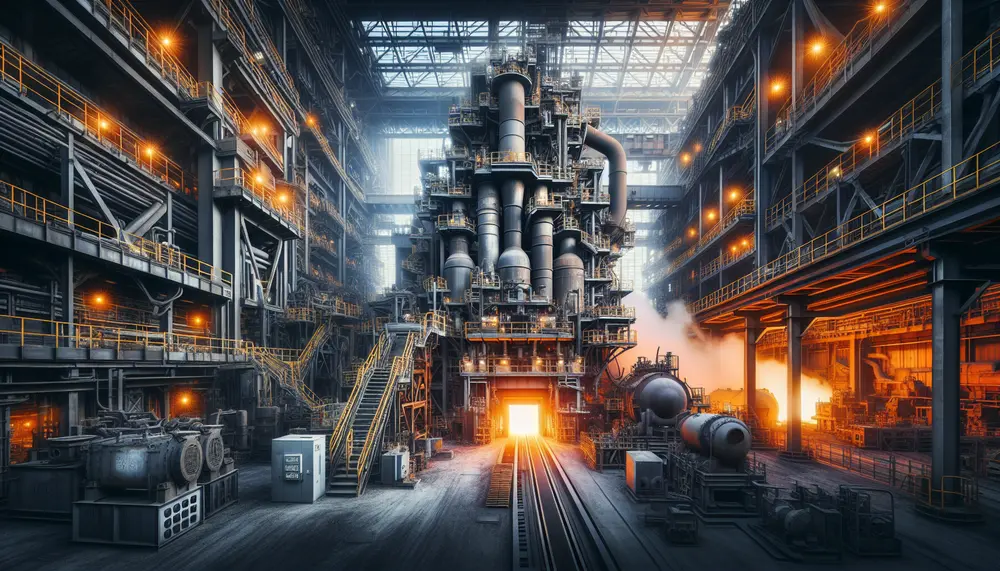
The article provides an overview of the two main steelmaking routes: blast furnace (BF) and electric arc furnace (EAF), detailing their processes, economic considerations, environmental impacts, and technological advancements. It compares BF's large-scale production with high carbon emissions to EAF's...
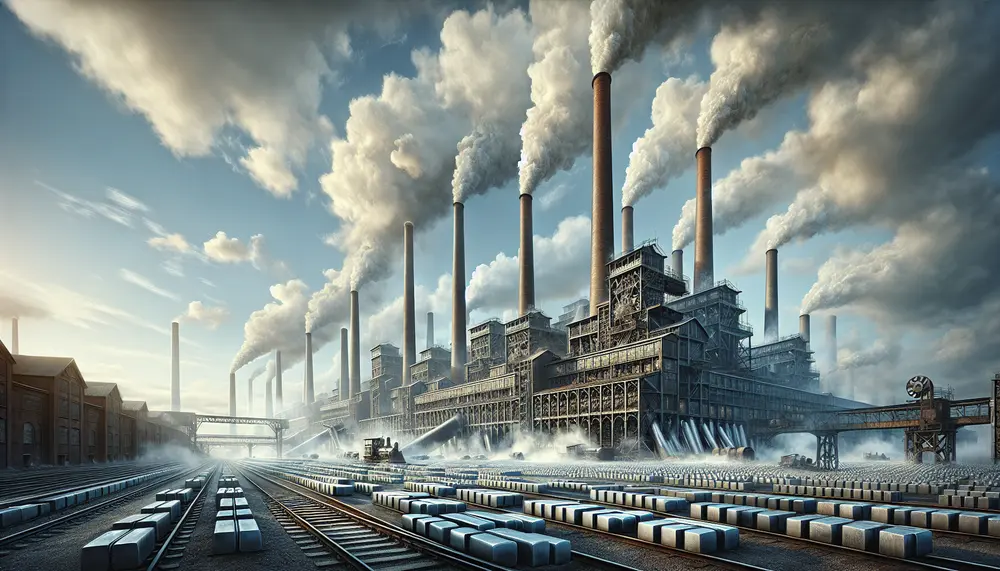
Steel production is vital in Anno 1800, requiring a strategic layout of mines and factories to efficiently transform iron ore into steel beams and weapons. Optimizing the placement and synchronization of these facilities ensures a smooth industrial operation essential for...
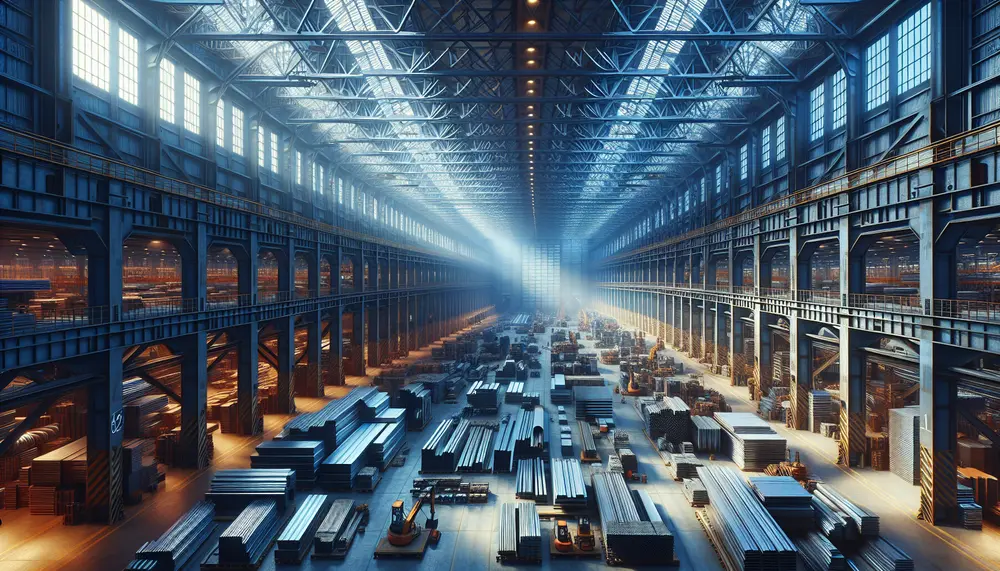
Nigeria's steel production industry is crucial for its industrial development, with potential to become a major producer due to iron ore deposits. However, the sector faces challenges such as small-scale operations and requires strategic solutions for sustainable growth. The evolution...
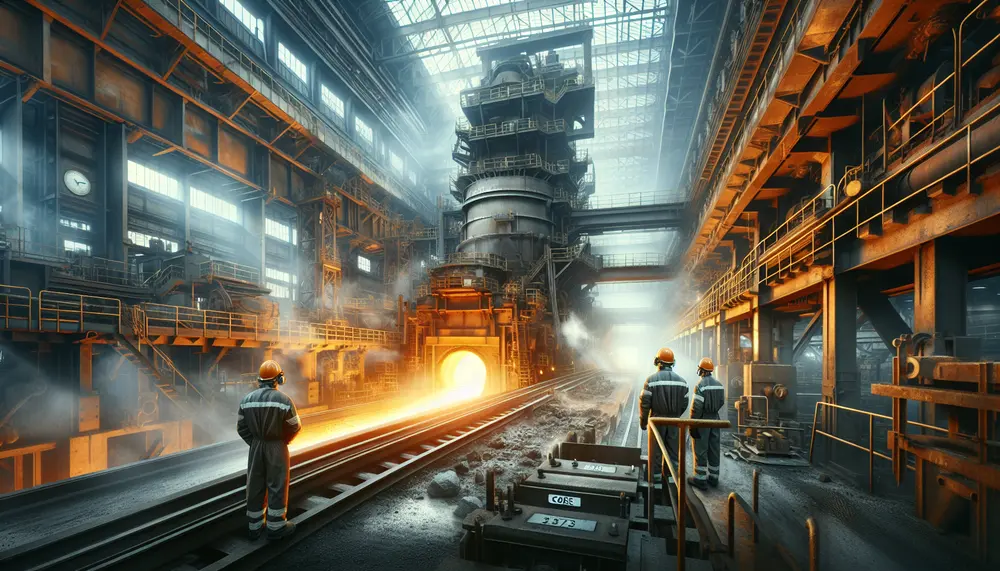
Coke is crucial in steel production, providing heat and chemical reactions for smelting iron ore while also structuring the blast furnace. However, its use emits pollutants and CO2, contributing to environmental concerns....
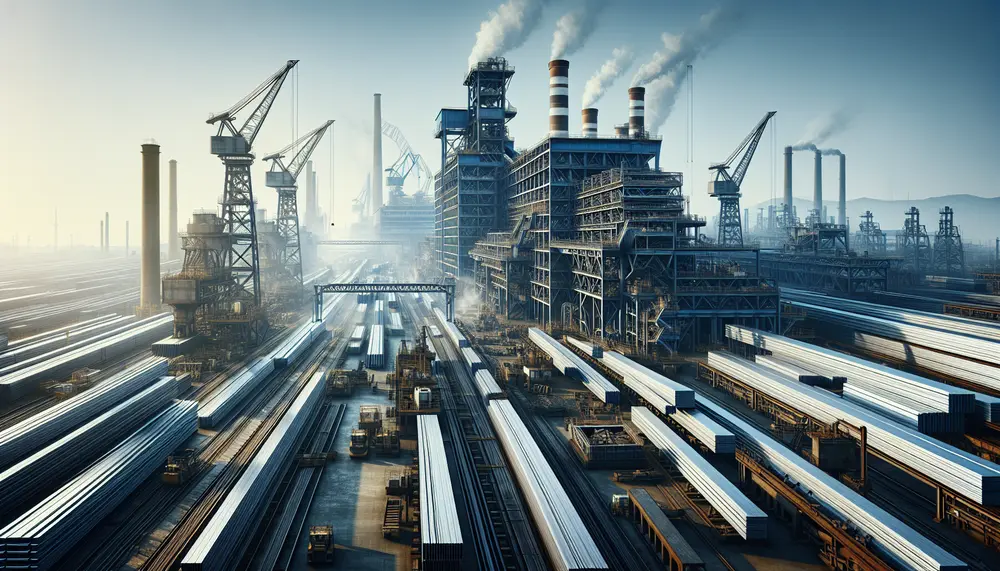
The African steel industry is growing and diverse, with varying levels of resource availability and technological sophistication across countries. It plays a crucial economic role by stimulating growth in other sectors, creating jobs, contributing to GDP, reducing import dependency, and...
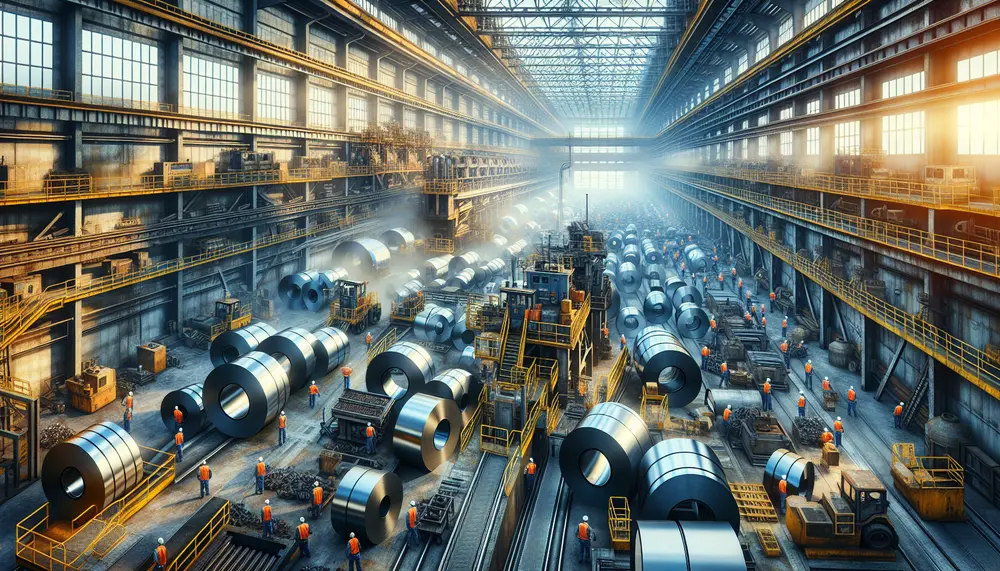
The steel industry is essential but poses significant risks to workers, including physical dangers from heavy machinery and extreme heat, chemical hazards from toxic substances, burn threats due to high temperatures in furnaces, and noise pollution leading to potential hearing...
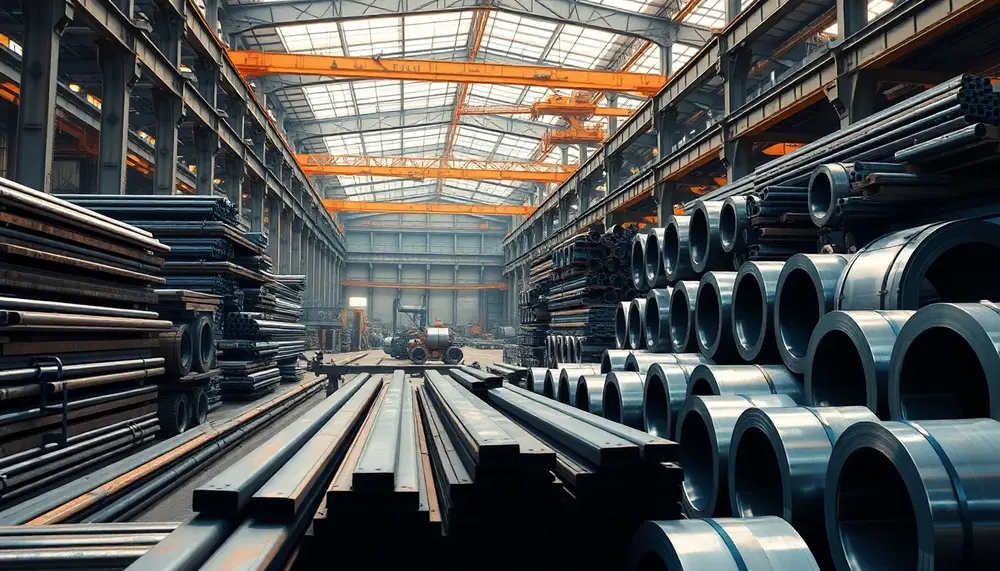
The article analyzes global steel production trends in 2023, highlighting regional differences and challenges such as supply chain disruptions. It examines the contrasting growth patterns across continents like Africa's rise due to infrastructure investments and Asia's decline influenced by China's...
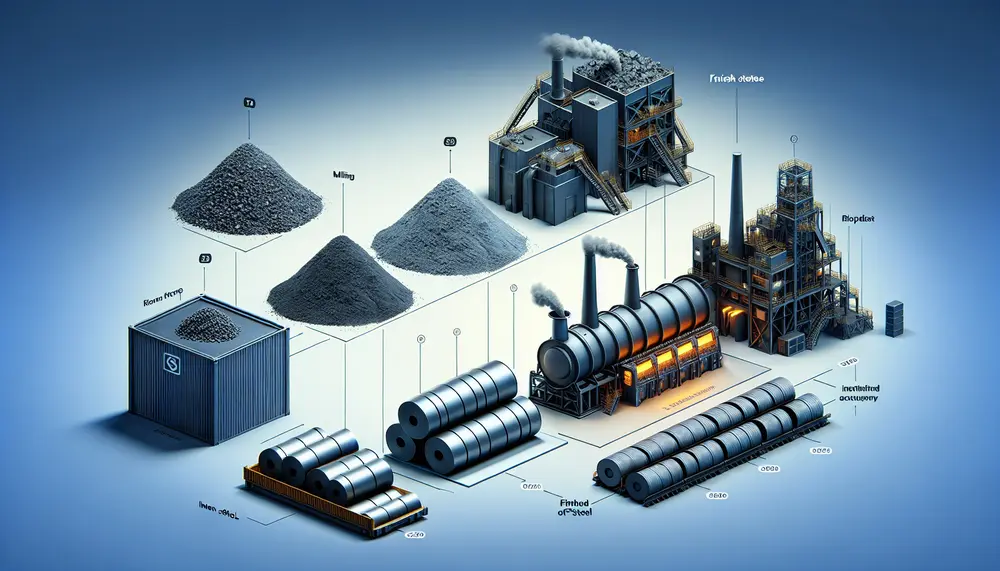
The steelmaking value chain is a complex process that transforms raw materials like iron ore, coking coal, and limestone into high-quality steel through strategic steps involving technological innovation to optimize efficiency and reduce environmental impact. Understanding this value chain helps...
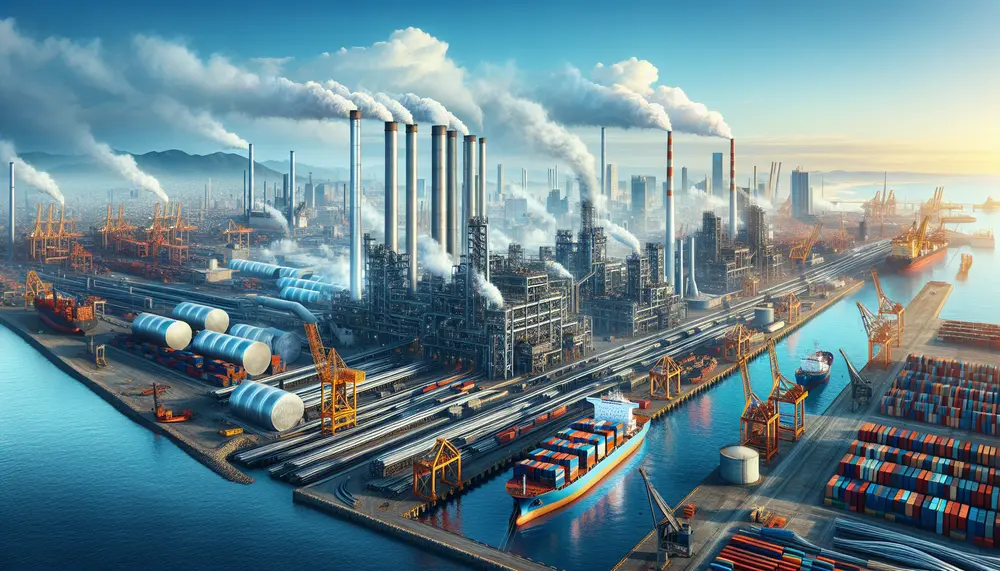
Mexico's steel industry has grown significantly due to rich resources, strategic location, skilled workforce, and modern technology. Challenges include high energy costs, competition from lower-cost countries, price fluctuations, and environmental concerns....
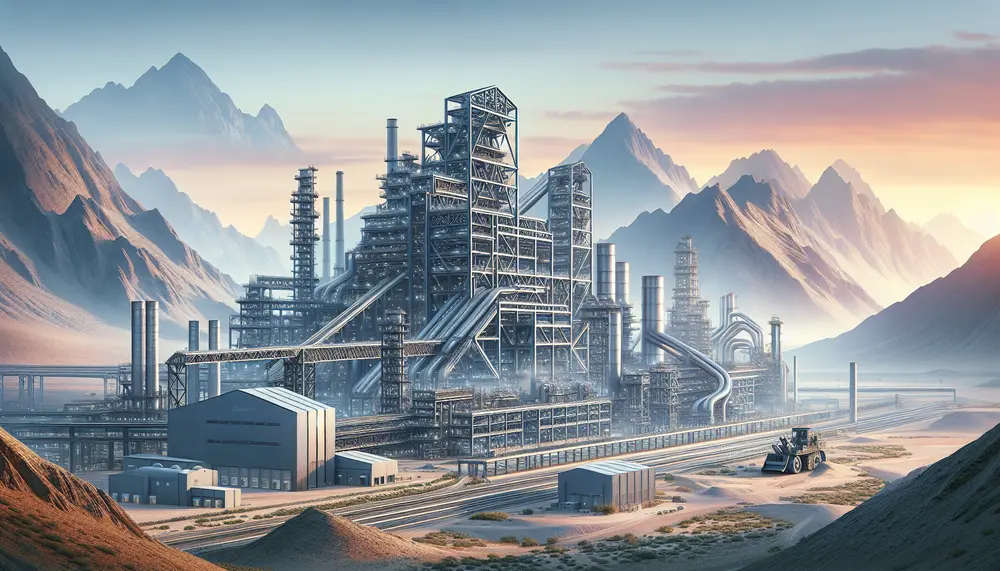
Oman's steel production has seen significant growth, contributing to the nation's GDP and infrastructure development. Strategic expansions have increased capacity to over 2.4 million tons, with key players like Muscat Steel Industries Co. LLC driving this dynamic sector forward through...
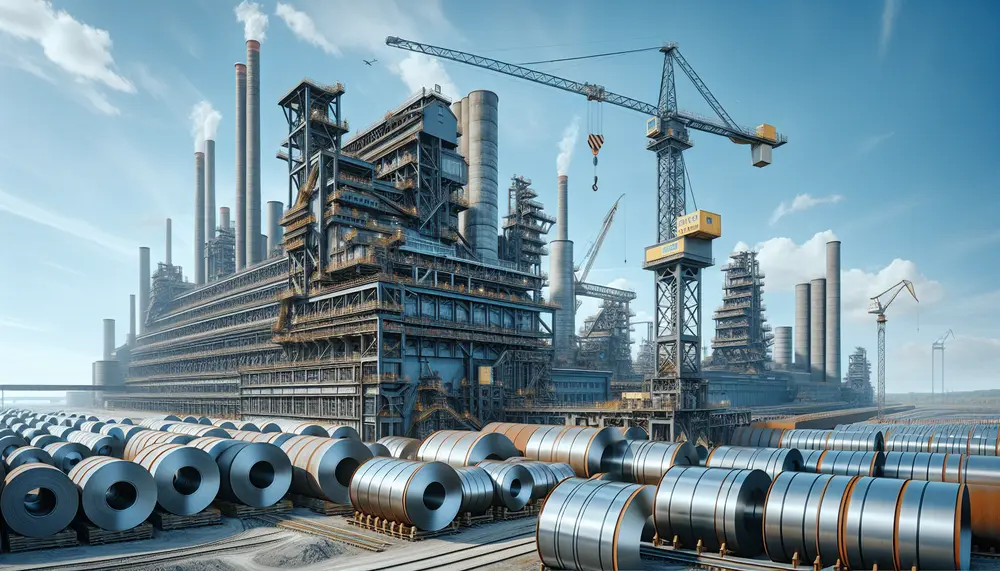
The steel industry in the Netherlands is integral to its economy, known for innovation and sustainability, with a focus on high-grade production used across various sectors. The Dutch sector's evolution has been shaped by historical shifts and strategic investments like...
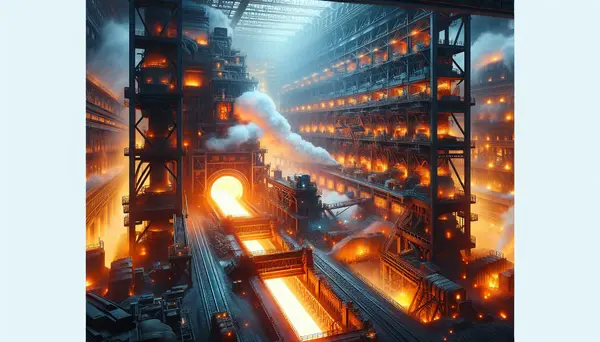
Steel, an alloy primarily composed of iron and carbon, is a crucial material in modern construction and manufacturing due to its strength, flexibility, and durability. The process of making steel involves extracting iron ore, purifying it through beneficiation processes, smelting...

